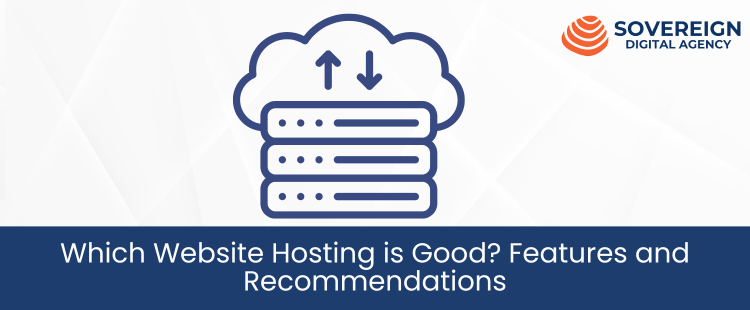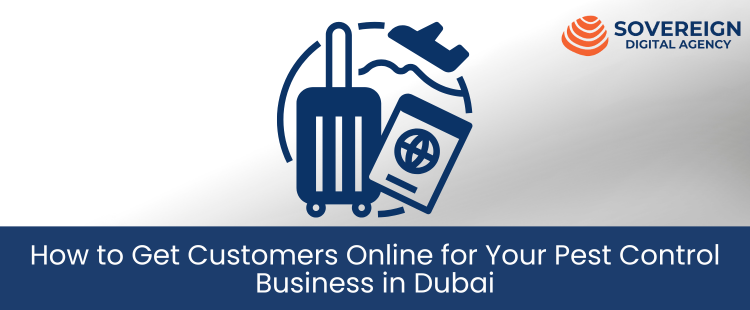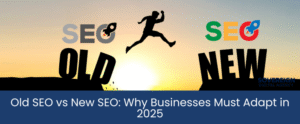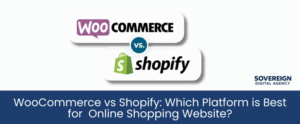
Which Website Hosting is Good? Features You Should Look For
Choosing the best website hosting service is crucial for the performance, security, and reliability of your website. With countless hosting providers available, it can be challenging to decide which one is right for your needs. In this article, we’ll explore the top features to look for in a hosting service and highlight why Hostinger stands out as an excellent option.
Key Features to Look for in a Good Website Hosting Service
When selecting a hosting provider, it’s essential to evaluate the following features:
1. Speed and Performance
A fast-loading website improves user experience and boosts search engine rankings. Look for hosting providers that offer:
SSD storage for quicker data retrieval
Global Content Delivery Network (CDN) for faster loading times worldwide
High uptime guarantees (99.9% or higher)
2. Scalability
Your hosting solution should grow with your website’s needs. Ensure the hosting provider offers plans that can handle increased traffic and additional resources as required.
3. Security Features
Protecting your website and customer data is paramount. Look for hosting that includes:
Free SSL certificates
Daily backups
Malware protection
DDoS protection
4. Ease of Use
An intuitive control panel simplifies website management. Many hosting services offer user-friendly dashboards like cPanel or custom interfaces.
5. Customer Support
Reliable and 24/7 support is crucial for resolving any technical issues. Check if the hosting provider offers multiple support channels, such as live chat, email, and phone support.
6. Affordable Pricing
Budget is always a consideration. Many hosting providers offer competitive pricing, often with discounts for annual plans.
Why Hostinger is a Top Choice for Website Hosting
Hostinger is one of the most popular and affordable hosting providers, offering a balance of performance, features, and price. Here’s why it’s an excellent choice for individuals and businesses:
1. Lightning-Fast Performance
Hostinger’s hosting plans include:
LiteSpeed servers for ultra-fast loading times
Free Cloudflare CDN to enhance website speed and security
99.9% uptime guarantee
2. Budget-Friendly Plans
Hostinger is known for its competitive pricing. Plans start as low as $1.99 per month, making it a cost-effective choice for beginners and professionals alike. They also offer flexible renewal options to suit varying budgets.
3. Robust Security Features
Hostinger prioritizes website security with:
Free SSL certificates on all plans
Regular automatic backups
Advanced security modules to prevent cyber threats
4. User-Friendly Interface
Their custom hPanel is designed for ease of use, providing:
Simple one-click installations for WordPress and other CMS platforms
An intuitive dashboard for managing domains, emails, and files
5. 24/7 Expert Support
Hostinger’s dedicated support team is available round-the-clock to assist with technical queries. They offer prompt responses via live chat and email.
6. Free Domain and Email
Many Hostinger plans include a free domain name and professional email accounts, adding value to your hosting package.
7. Scalability Options
Hostinger’s hosting plans range from shared hosting to VPS and cloud hosting, ensuring scalability as your website grows.
Types of Hosting Plans Offered by Hostinger
Shared Hosting
Ideal for small websites and blogs
Plans start at $1.99/month
WordPress Hosting
Optimized for WordPress websites
Includes pre-installed WordPress and caching features
VPS Hosting
High-performance hosting for businesses
Customizable resources and dedicated IP addresses
Cloud Hosting
Combines the power of VPS with easy management
Enhanced speed and reliability
How to Choose the Right Hosting Plan
To select the best hosting plan for your needs, consider:
Website Type: A blog may require shared hosting, while an e-commerce site might need VPS or cloud hosting.
Traffic Volume: Ensure the hosting plan supports your expected visitor count.
Technical Expertise: Beginners may prefer user-friendly options like shared hosting, while developers might need VPS for advanced configurations.
Final Thoughts: Which Website Hosting is Good?
If you’re looking for a hosting provider that combines affordability, performance, and reliability, Hostinger is a fantastic choice. Its features cater to a wide range of users, from beginners to seasoned webmasters. By selecting Hostinger, you’ll ensure your website has the tools it needs to succeed online.
Ready to get started? Sign up for Hostinger today and unlock premium hosting features at unbeatable prices.








